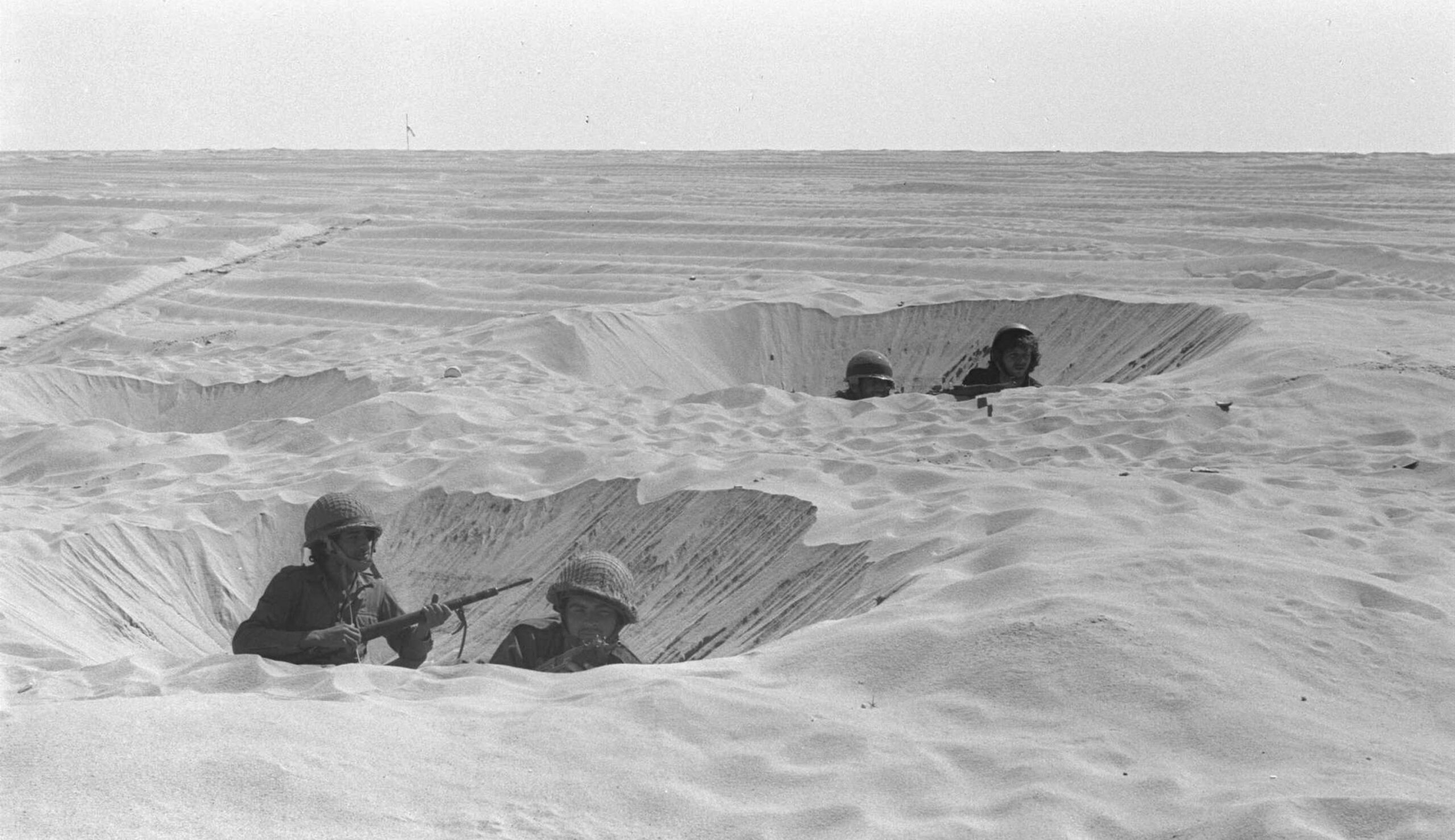One of the key practices of the holiday of Sukkot—the week-long festival that began last Sunday night—is the waving of a palm frond and myrtle and willow branches (collectively known as the lulav) together with the citron (in Hebrew, etrog). Reviewing a recent book about the history of the etrog, a fruit that resembles a large lemon, Jenna Weissman Joselit writes:
Readers will learn that the etrog was used as a weapon with which to pelt one’s enemies, as an amulet to soften the pains of childbirth, and as the source of political clout and economic mobility. The stuff of artistic and visual expression—all those etrog boxes!—as well as scientific exchange, the fruit appears on the face of coins in the ancient Near East; on the walls of a 1st-century BCE catacomb in Rome; on carvings of Byzantine-era synagogues throughout the diaspora; and in 15th-century Italian manuscripts where tiny figures hold an etrog in their left hand and a lulav in their right.
Joselit finds the containers for the etrog of particular interest:
Some were made of olive wood, others of silver, and still others were fashioned out of sturdy paper stock. They might echo the shape of the etrog, or assume a rectangular form, be sleek and modern in appearance, or hark back to an imagined biblical model. Some receptacles hailed from Jerusalem, where craftsmen associated with the Bezalel School of Arts and Crafts left their mark, while others were the handiwork of skilled German Jewish silversmiths. And some, like the paper containers with which American Jews are most familiar—the ones with muddy-colored illustrations of an etrog and a lulav or of Jerusalem on each of their four sides—represented a canny mixture of consumerism and constancy, a stand-in for the real thing.
More about: Jewish art, Sukkot


